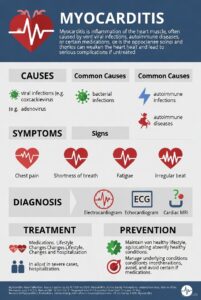Pressure Ulcers
- Localized injury to the skin and/or underlying tissue (usually over a bony prominence) as a result of pressure or pressure in combination with shear
- Located at tailbone, heels, hips, shoulder blades, ankles, elbows, ears, and the back of your head.
Risk factors for pressure ulcers
|
|
|
|
|
|
|
|
|
|
|
|
|
|
|
|
Nursing Assessment
- Conduct a thorough head-to-toe assessment on admission to identify and document any pressure ulcers.
- After admission, conduct periodic reassessment of the skin and wounds.
- Assessment tool such as the Braden Scale
Nursing Diagnosis
- Impaired skin integrity related to mechanical factors and physical immobilization
- Impaired tissue integrity related to impaired circulation and imbalanced nutritional state
Planning
- Have no deterioration of the ulcer
- Reduce or eliminate the factors that lead to pressure ulcers
- No developing infection in the pressure ulcer
- Have healing of pressure ulcers
- Have no recurrence




